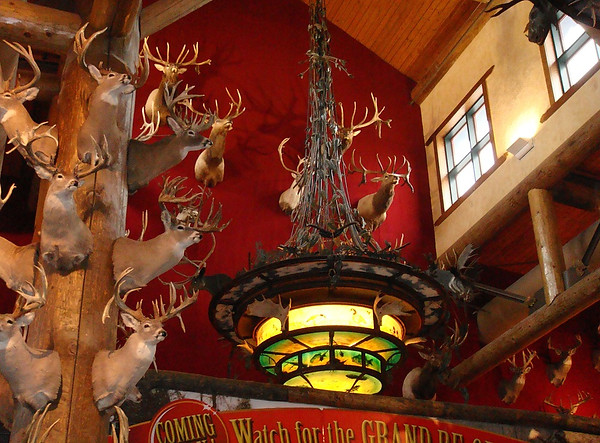Heading 2

Taxidermy as a Hobby
There are many things that can be collected, but a rare hobby is collecting animal skins or even fully stuffed animals. In museums and some houses, we can find this type of curiosities and now we define it to know what term this process should be called.
What is Taxidermy?
Taxidermy is a traditional method for the conservation and assembly of animals for exhibition. Whether you want to commemorate a beloved pet or celebrate with a hunting trophy, learning the basic skills of grooming, preservation and maintenance will save you money when it comes to preserving animals.
Conservation of Animals
Essentially the conservation of the animals and their products is to avoid the cadaveric decomposition, and hence the use of antiseptics or disinfectants, which also improve the working conditions and their results. Lime, camphor, alum, creolin, sodium salicylate, potassium nitrate are used.
Filling
The very special object of Taxidermy is the choice of filling material to give the shape and details of the species that you want to dissect. It is customary to fill the fish with sawdust, birds with tow and large mammals with straw, different material is also used in the same animal, and so, the squirrels are prepared by filling the limbs with sawdust and the trunk with tow. In general, the tow is the most indispensable of these materials.
How Is The Taxidermy Made?
The first step to dissect an animal is to apply the skinning technique, also known as removing the skin. A cut is made from the neck to the tail through the belly.
When the skin is removed, it is dehydrated with salt or a powder called borax and allowed to stand for 24 to 48 hours. It should be left in a cool, dry place, preferably closed where the sun does not shine. Thus, we can extract all the water that may be in the skin and we cannot decompose it.
Once the skin is dry, it will be rehydrated and the tanning will continue in three processes: soaking, pickling, and tanning.
A sculpture of the animal will be made looking for a position extracted from its environment. For example, if the animal is a hunter, it would be interesting if it had an attack position.
Next, the sculpture of the body will be covered with the skin. It will be sewn with a resistant thread that goes unnoticed and then proceeds to the most complicated part, which gives the appearance of life: placement of eyes, skin and synthetic mouth.
Once the skin has been placed, the dissection is practically finished. The last step is to let it dry after the pickle and touch up the color and/or any area that may have been damaged.
The taxidermy can be an unattractive hobby since for many people it is repulsive. However, there is a very interested public is this type of products and know how to do it.
Related hobbies: Fossil hunting


